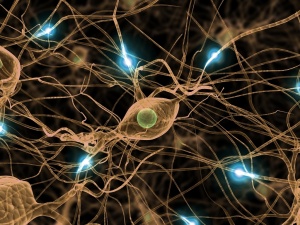High Sensitivity Near-Infrared Imaging of Fluorescent Nanosensors
Abstract
Biochemical processes are fast and occur on small-length scales, which makes them difficult to measure. Optical nanosensors based on single-wall carbon nanotubes (SWCNTs) are able to capture such dynamics. They fluoresce in the near-infrared (NIR, 850–1700 nm) tissue transparency window and the emission wavelength depends on their chirality. However, NIR imaging requires specialized indium gallium arsenide (InGaAs) cameras with a typically low resolution because the quantum yield of normal Si-based cameras rapidly decreases in the NIR. Here, an efficient one-step phase separation approach to isolate monochiral (6,4)-SWCNTs (880 nm emission) from mixed SWCNT samples is developed. It enables imaging them in the NIR with high-resolution standard Si-based cameras (>50× more pixels). (6,4)-SWCNTs modified with (GT)10-ssDNA become highly sensitive to the important neurotransmitter dopamine. These sensors are 1.7× brighter and 7.5× more sensitive and allow fast imaging (<50 ms). They enable high-resolution imaging of dopamine release from cells. Thus, the assembly of biosensors from (6,4)-SWCNTs combines the advantages of nanosensors working in the NIR with the sensitivity of (Si-based) cameras and enables broad usage of these nanomaterials.
Full text:
Source: Image: shutterstock_447198364






